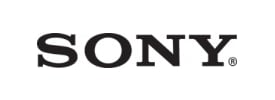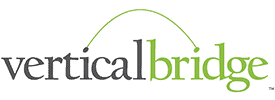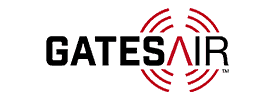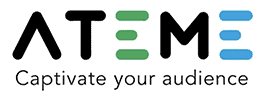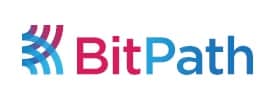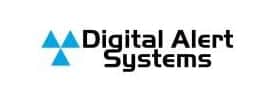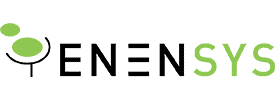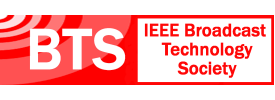- About
- Members
- Sponsors
- Subcommittees
- Technical Documents
- News
- Events
- Spotlight ATSC 3.0
- Contact Us
- Member Login
- Member Meetings
- Advanced Search
Search Site
Member Links
- About
- Members
- Sponsors
- Subcommittees
- Technical Documents
- News
- Events
- Spotlight ATSC 3.0
- Contact Us
- Member Login
- Member Meetings
- Advanced Search
Term
dialnorm
Posted on April 1, 2015 in
An AC-3 metadata parameter, numerically equal to the absolute value of the Dialog Level, carried in the AC-3 bit stream. This unsigned 5-bit code indicates how far the average Dialog Level is below 0 LKFS. Valid values are 1–31. The value of 0 is reserved. The values of 1 to 31 are interpreted as –1 […]
dialoglLeve
Posted on April 1, 2015 in
The loudness, in LKFS units, of the Anchor Element
D-frame
Posted on April 1, 2015 in
Frame coded according to an MPEG-1 mode which uses DC coefficients only.
descriptor
Posted on April 1, 2015 in
A data structure of the format: descriptor_tag, descriptor_length, and a variable amount of data. The tag and length fields are each 8 bits. The length specifies the length of data that begins immediately following the descriptor_length field itself. A descriptor whose descriptor_tag identifies a type not recognized by a particular decoder shall be ignored by […]
delay spread
Posted on April 1, 2015 in
The difference in arrival times at a point in space or at a receiver input of a signal and its significant echoes or of signals emitted by different transmitters.
decoding time-stamp (DTS)
Posted on April 1, 2015 in
A field that may be present in a PES packet header that indicates the time that an access unit is decoded in the system target decoder.
decoding (process)
Posted on April 1, 2015 in
The process defined in the Digital Television Standard that reads an input coded bit stream and outputs decoded pictures, audio samples, or data objects.
decoding (process)
Posted on April 1, 2015 in
The process defined in the Digital Television Standard that reads an input coded bit stream and outputs decoded pictures and audio samples.
decoder
Posted on April 1, 2015 in
An embodiment of a decoding process.
decoded stream
Posted on April 1, 2015 in
The decoded reconstruction of a compressed bit stream.
News Categories
News Archives
Subscribe
Subscribe to The Standard, our monthly newsletter. Learn More
Join ATSC
ATSC is a membership organization with both voting and observer categories. Voting members include corporations, nonprofit organizations, and government entities, and they participate actively in the work of ATSC. Observers are individuals or entities not eligible to be a voting member.
Subscribe to our Newsletter
Subscribe to The Standard, our monthly newsletter, to stay up-to-date with ATSC news and events around the world.
Site Links
Contact Us
Advanced Television Systems Committee, Inc.
1300 I Street NW, Suite 400E
Washington, DC 20005
Do you have questions about ATSC?
About ATSC
The Advanced Television Systems Committee, Inc., is an international, non-profit organization developing voluntary standards and recommended practices for digital terrestrial broadcasting. ATSC member organizations represent the broadcast, broadcast equipment, motion picture, consumer electronics, computer, cable, satellite, and semiconductor industries. ATSC also develops digital terrestrial broadcasting implementation strategies and supports educational activities on ATSC standards.
© 2025 ATSC








